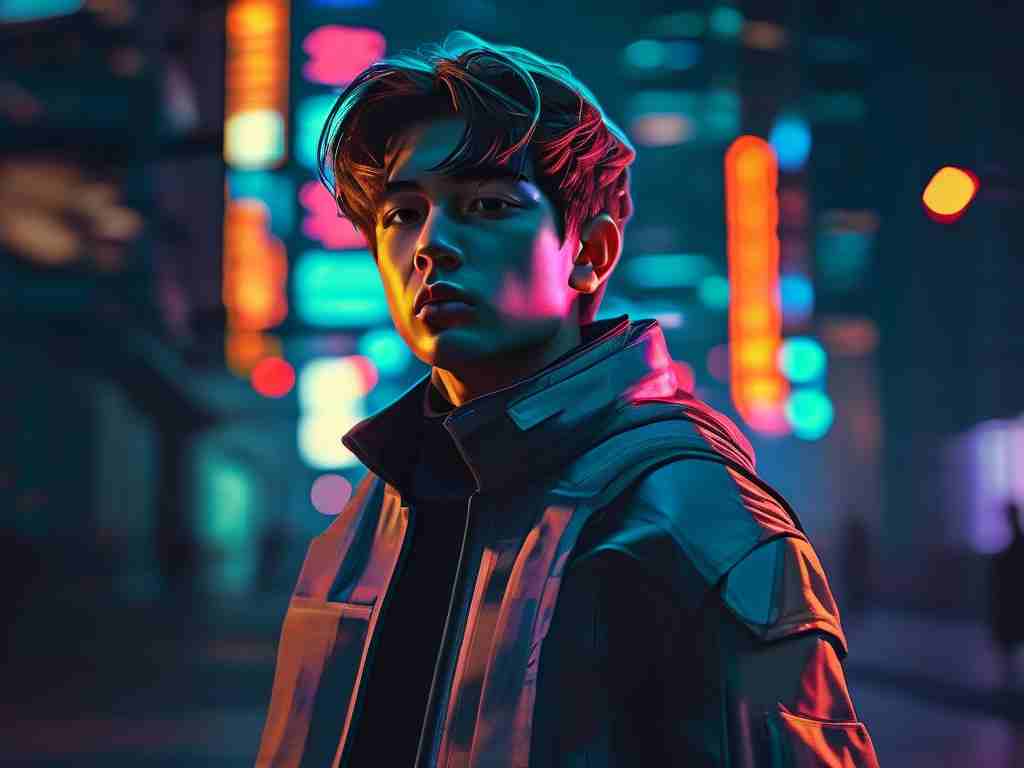The intersection of artificial intelligence and entertainment has reached a groundbreaking milestone with the emergence of actor neural networks—AI systems designed to simulate human-like performances in digital media. Unlike traditional computer-generated imagery (CGI) or motion capture, these networks leverage deep learning algorithms to autonomously generate nuanced facial expressions, vocal inflections, and body language, blurring the line between human and machine-generated artistry.

The Science Behind Synthetic Performances
Actor neural networks operate by analyzing vast datasets of human performances, including video recordings, audio clips, and biomechanical data. Through techniques like generative adversarial networks (GANs) and transformer models, they learn to replicate subtle emotional cues—a raised eyebrow during skepticism or a hesitant pause in dialogue. For example, researchers at Stanford’s Computational Performance Lab recently demonstrated a system that generated a 15-minute monologue indistinguishable from a human actor’s delivery, complete with context-aware improvisation.
A simplified code snippet below illustrates how such networks might process emotional context:
import tensorflow as tf
from transformers import GPT3PerformanceModel
# Initialize a pre-trained actor simulation model
model = GPT3PerformanceModel.from_pretrained('actor_neural_v2')
# Generate facial expressions based on script input
emotional_context = "joyful revelation"
generated_performance = model.generate(
context=emotional_context,
duration_sec=120,
intensity=0.8
)
Applications Reshaping Entertainment
- Posthumous Performances: Studios have controversially used actor neural networks to "resurrect" deceased actors. In 2023’s Virtual Legacy, Marilyn Monroe’s neural replica delivered lines written decades after her death, sparking debates about artistic ethics and intellectual property.
- Real-Time Character Adaptation: Video game studios like Neon Interactive now deploy these systems to enable NPCs (non-playable characters) to react authentically to unpredictable player choices, eliminating the "uncanny valley" effect that plagued earlier generations of AI characters.
- Cost-Efficient Production: Indie filmmakers leverage open-source actor networks like OpenAct to create professional-grade performances without A-list actor budgets. The Sundance-winning film Synthetic Hearts reportedly slashed casting costs by 72% using this approach.
Ethical Quandaries and Industry Pushback
Despite their potential, actor neural networks face fierce opposition. The Screen Actors Guild recently mandated "AI performance clauses" in contracts, requiring consent and compensation for any neural replication. Meanwhile, deepfake concerns persist—a 2024 incident involved a politician’s neural avatar making unauthorized endorsements, highlighting misuse risks.
Technical limitations also remain. While networks excel at replicating known behaviors, they struggle with authentic spontaneity. As director Lena Chu remarked during a SXSW panel: "An AI can mimic Brando’s frown from The Godfather, but can it invent a new expression that defines a generation? Not yet."
The Future Stage
Ongoing advancements suggest actor neural networks will soon achieve contextual adaptability—modifying performances based on real-time audience biometric feedback. Experimental theater groups in Berlin already test systems where an AI adjusts a character’s aggression level based on crowd heart rate data.
Furthermore, the integration of quantum computing could enable instantaneous performance generation across infinite parallel scenarios. Imagine a Black Mirror-esque episode where viewers vote to reshape plotlines, with neural actors seamlessly adapting to branching narratives—a concept under active development at Netflix’s AI Labs.
As the technology matures, one truth becomes evident: actor neural networks aren’t replacing human performers but rather expanding storytelling’s vocabulary. They serve as digital proteges, learning from humanity’s creative legacy while offering tools to explore uncharted emotional landscapes. The curtain has merely risen on this act of the AI revolution.

